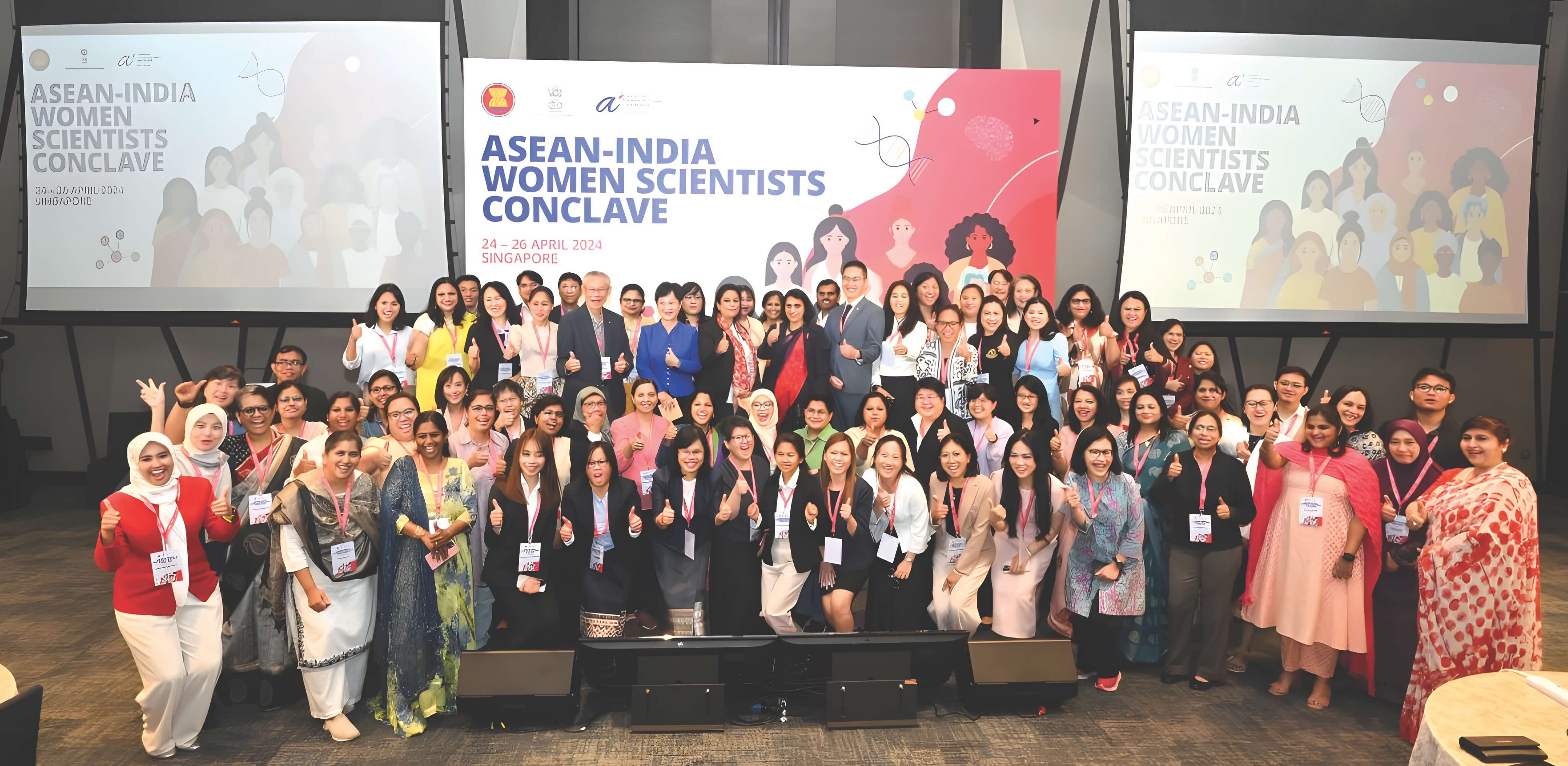





What is the creative economy? The term invariably evokes multiple meanings, often seen as the nexus of various creative fields, including the arts and culture, science and technology, business and trade. At its root, the creative economy deals in ideas and money (Howkins, 2001).
The twin effects of the pandemic and the pivot towards digital adoption are disrupting the norms of the creative economy, where lives and livelihoods have been significantly impacted.
According to the report on Cultural and Creative Industries in the Face of COVID-19: An Economic Impact Outlook (UNESCO, 2021), the creative economy, composed of the cultural and creative industries (CCI), contracted by 750 billion US dollars in gross value added (GVA). This is equivalent to around 1 per cent of global nominal gross domestic product (GDP) in 2019 and 10 million job losses globally, affecting many cultural and creative gig workers in the informal sector.
However, the creative economy remains a potential bright spot.
While it is a sector that requires assistance for recovery, it is also a resilient and robust one that can help economies build back better if we take the cue from past crises. For example, following the global financial crisis in 2008 where international trade contracted by 12 per cent, world trade of creative goods and services grew at a rate of 14 per cent yearly between 2002 and 2008, reaching 592 billion US dollars, outperforming traditional manufacturing industries (UNCTAD, 2010).
In Southeast Asia, data from UNCTAD (2021) provides encouraging signs for ASEAN’s “creative turn” with the region’s trade values in creative goods recording an average annual growth rate of 11 per cent between 2003 and 2015. Further, demonstrating its potential for shared regional growth, ASEAN’s intraregional trade has grown from 11 per cent in 2002 to 16 per cent in 2014.
While the prospect of the CCI sector is promising, the pandemic has magnified a number of issues that must be addressed before we can reap its benefits. These pertinent issues include challenges and opportunities arising from the digital pivot of the CCI sector, fragmented ecosystemand uneven industry developments, and creative human capital and sustainable developments.
Accelerated Digital Adoption
The pandemic has accelerated digital adoption, where 40 million new users went online for the first time in Southeast Asia in 2020, outpacing the average increase of 25 million yearly in the past four years (Google, Temasek, and Bain & Company, 2020). The onset of the pandemic has led to transformative effects on lives and livelihoods where activities shifted online. For example, e-commerce continued to post new growths. In 2020, more than 33 per cent of online commerce was generated by new shoppers, of which eight in 10 users expressed intent to continue buying online in future. The e-commerce revenue in ASEAN is now projected to reach more than 80 billion US dollars by 2024 (Google, Temasek, and Bain & Company, 2020).
This trajectory presents opportunities and challenges for the CCI, especially the small and medium creative enterprises (SMCEs). On the one hand, e-commerce can reduce starting capital to establish a business and cut production costs (Coppel, 2000). E-commerce can be easily adopted through market-ready or customisable templates found online. This digital accessibility can allow SMCEs to quickly establish an online presence with limited capital to reach out to a wider market. However, given the nature of the products and services produced by CCI are knowledge-intensive and creativity- based, they run the risk of being pirated and replicated quickly by others, especially if their intellectual property rights are not safeguarded.
Fragmented Discussions, Uneven Developments
The creative economy is generally understood as encompassing core industries within the culture, arts and media sectors, such as arts and handicrafts, fashion, publishing, design, music, and film. Also included are newer industries like gaming, streaming services, knowledge, and innovation-based industries. However, the lack of consensus on the definition of the creative sector has led to fragmented discussions, which could be undermining the development of cohesive and coordinated policies for the sector.

The absence of a definitive term for the creative economy presents opportunities and challenges for the sector. The expansive conversations on what makes a creative economy allow safe spaces for a broad swathe of creatives to gather, re-imagine and shape visions without preconceived notions of what it is and what comprises it, freeing them to understand it within their contexts. Doing so can build ownership and ensure that efforts to support the sector’s developments are self-sustaining.
However, it remains essential that these fragmented discussions and efforts are harnessed so as to contribute to effective regional policy coordination. A prevailing consensus on the definition of creative economy can lead to greater clarity and coherence in collating and building databases that capture and track the contributions of the creative economy in terms of trade, employment, and consumption. Doing so can lead to better informed and evidenced-based policymaking that identify the trends and gaps, and the needs of CCI.
Towards an Effective Regional Policymaking for a Creative Economy in ASEAN
Given the fast moving CCI landscape, it is important that policymaking for the promotion and development of the creative economy stays ahead of the curve and through targeted implementation, catalyse changes and growth for the sector. Governments have a role to encourage and foster the CCI across the creative economy value chain (Rosenweig et al., 2018).
On the supply side, governments can foster the growth of talents and capabilities. People-centred policies must take centre stage by opening opportunities for the development of education, science and technology, and upskilling cultural and creative workers through a culture of lifelong learning. On the demand side, governments can drive demand through branding, supporting market access and development, and protecting intellectual property. To ensure market efficiency, governments have a role to play especially in developing the ecosystem, including digital and physical infrastructures, and facilitating cultural and creative industries’ access to capital and financing. Equally important is to future-proof efforts by building carbon neutral infrastructures and providing green solutions for the sustainable development of the CCI in the face of climate adversity.
At our regional level, ASEAN has put in place the ASEAN Comprehensive Recovery Framework that identifies the creative economy as a sector needing support to recover from the impacts of COVID-19 and as a high potential sector for post- pandemic recovery. In addition, the ASEAN’s Strategic Plan for Culture and Arts (2016-2025) further underscores the importance of the CCI as an impetus for regional cooperation.
Alongside these policy pronouncements, regional discussions on the promotion and development of the creative economy are afoot with a pipeline of concrete initiatives led by the ASEAN senior officials responsible for culture and the arts in coordination with the various sectors of the ASEAN Economic Community Pillar and ASEAN Socio- Cultural Community Pillar.
A thriving ASEAN creative economy, where citizens can enjoy the curative and creative benefits, requires ASEAN to put in place adaptive and innovative approaches involving stakeholders across the value chain, including policymakers, administrators, thought leaders, academics, cultural and creative makers, and entrepreneurs.








